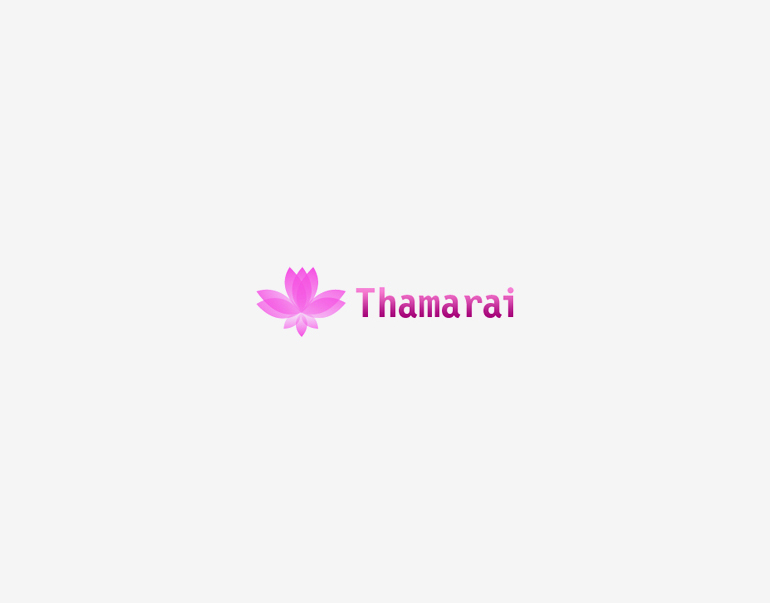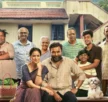

The growth of South Indian media
- 5th April 2013
- POST IN :FILM
Firstly, a massive thank you to everyone who provided feedback on the previous article! On behalf of the team at Thamarai, I have to say that I’m truly impressed and grateful at the amount of Tweets, Facebook messages, comments and coffee conversations that have revolved around our previous discussion. Let’s look back and see what your response was like:
We have some folks who believe that the sanctity of South Indian entertainment is being destroyed by involving North Indian cast members – saying that this is a cheap trick by directors and producers looking to make money. Others say that this form on integration is fantastic because well-known North Indian film stars are now promoting and being promoted in South Indian languages, giving us more international exposure.
A large number of people place themselves precariously between the two extremes by saying that so far it’s good to see that this has helped extend the reach of South Indian media, but it would be interesting to watch the development of such tactics.
With all these varying opinions, we need to consider the wide context of individuals making up the global audience. However we feel about it, the fact is that integration is happening. It’s evolving the way industry professionals market their projects; how audiences receive them and how new niches are being carved as old ones are wearing out.
South Indian production teams have not just adapted to trends created by the current market, but have become so bold as to create an entirely new market altogether. Integrating competitive media personalities ultimately results in two isolated audience groups combining their support, perhaps not even realising what phenomenal growth is being achieved for both sides.
North Indian content may have taken the lead in recognition for many years but South Indians have continued placing all their efforts into fresh ways of approaching viewers. I dare say that South Indians have confidently, and wisely, pushed resources into improving filming techniques, equipment access and distribution and creative writing strategies while North Indian media received the world’s attention…and now South Indians are cashing in on this publicity by having North Indian stars recite lines in South Indian languages… genius!
It’s a smart thing to do and it certainly exudes confidence for South Indian content and its growth. By displaying upgrades to music, choreography, wardrobe design and special effects, South Indian media seems to be growing exponentially.
"Vishwaroopam" and "Kadal" [pictured above] recently screened in South Africa, achieving substantial support and proving South Indian content to grow its appeal to audiences. "Life of Pi", prior to those, also received rave reviews and included South Indian languages in its award-winning script.
All in all, things are looking up for South Indian media groups. While we may not all agree with or favour their tactics, audiences are steadily growing in numbers and this looks certain to continue so long as integration remains a favoured concept by production teams.
The next article sees Thamarai focus more on stage projects, particularly within South Africa, as well as reasons behind their growing popularity.
Prenessa Nalliah is a young creative based in South Africa. Click here to read her previous contributions to Thamarai.
- Previous Post
Mariyaan is popular already!























